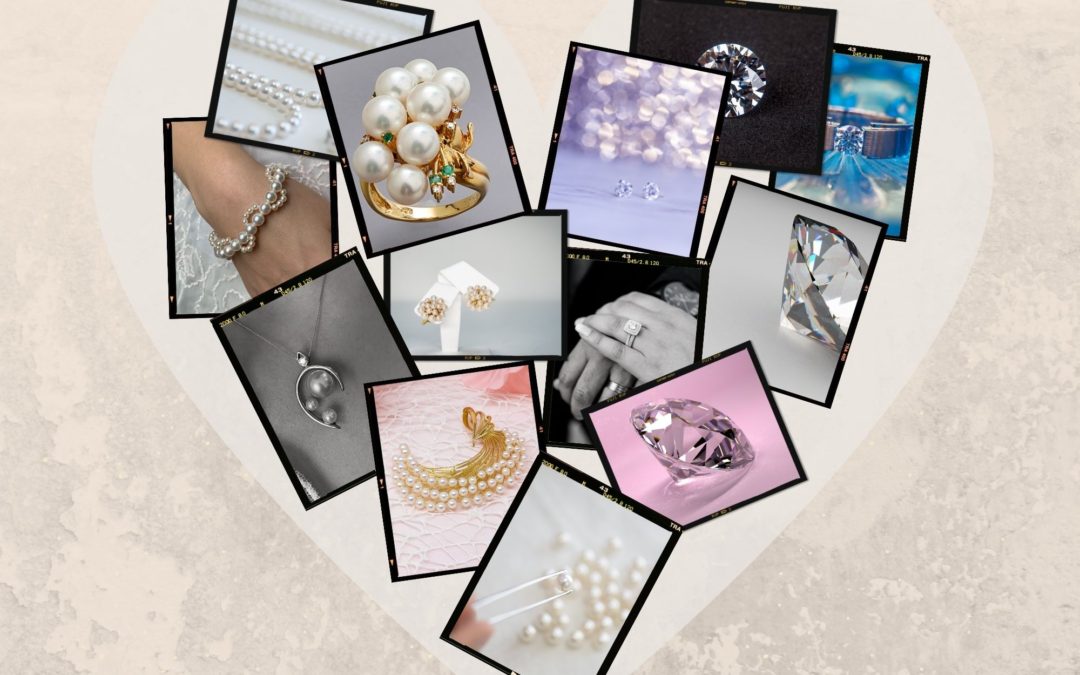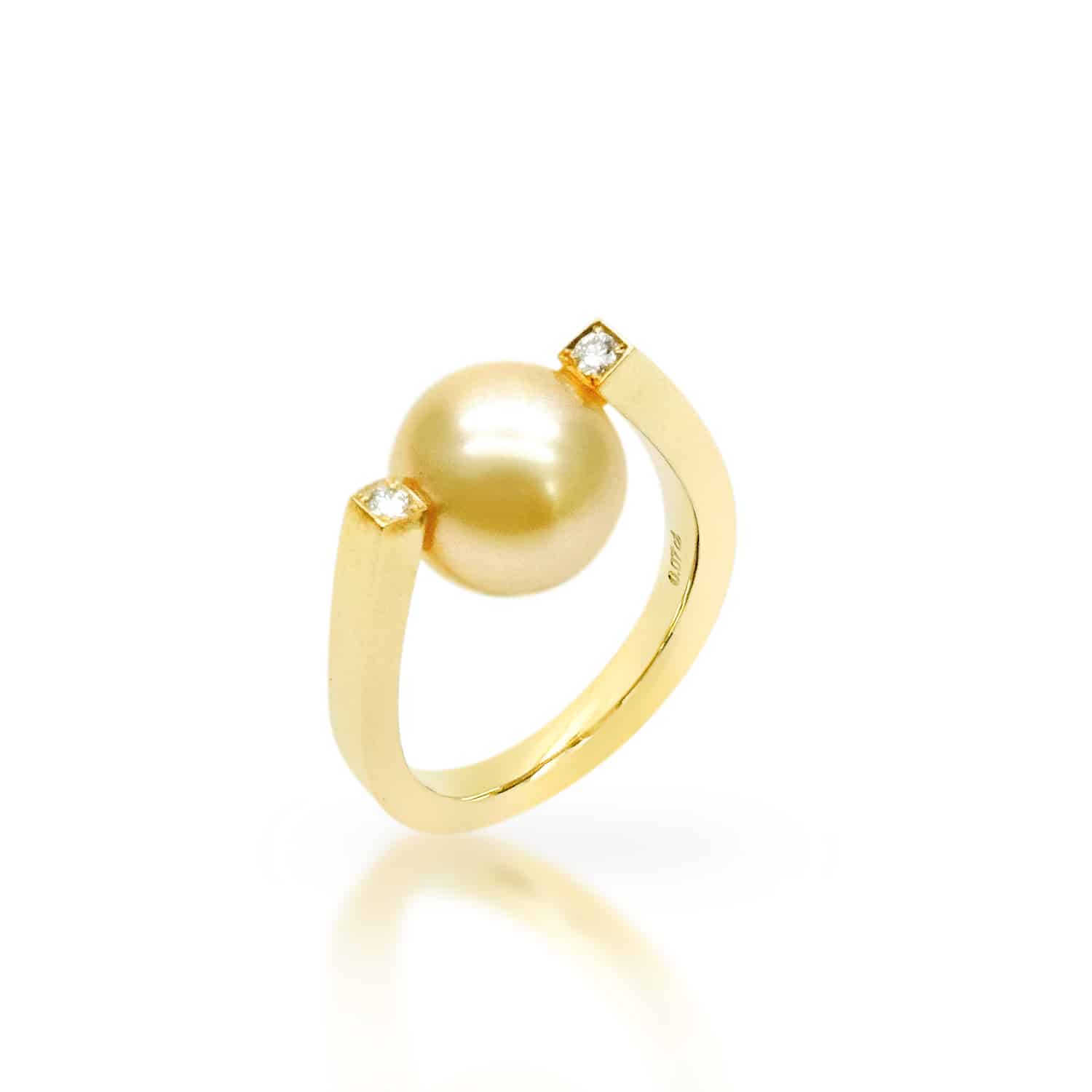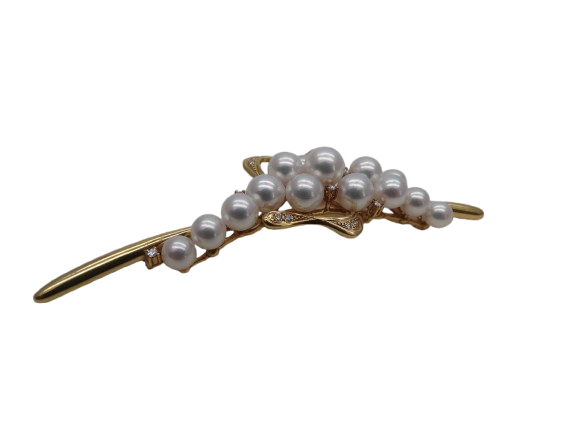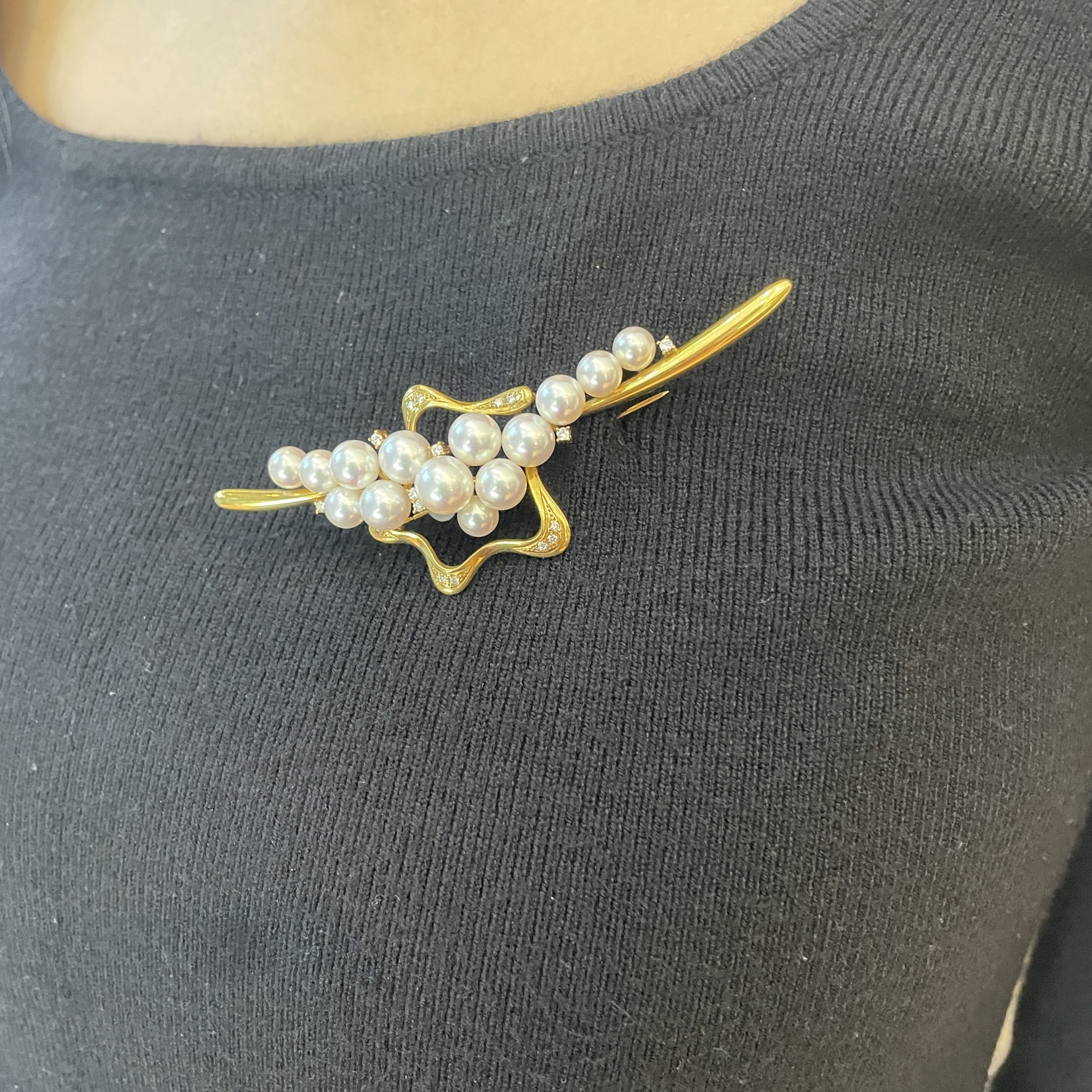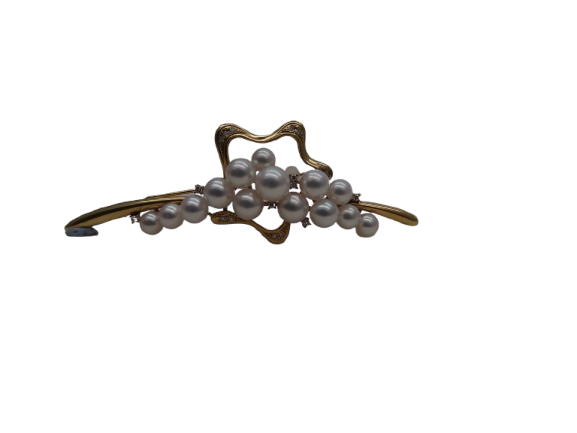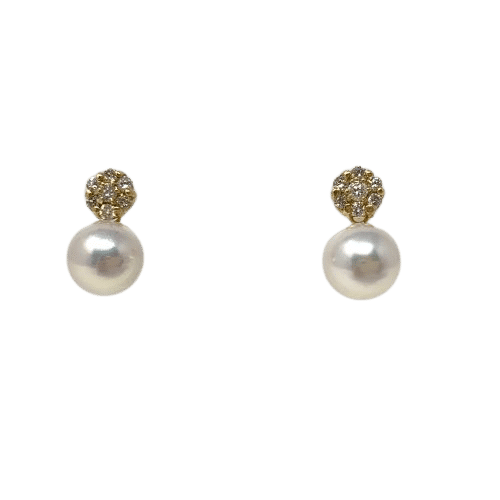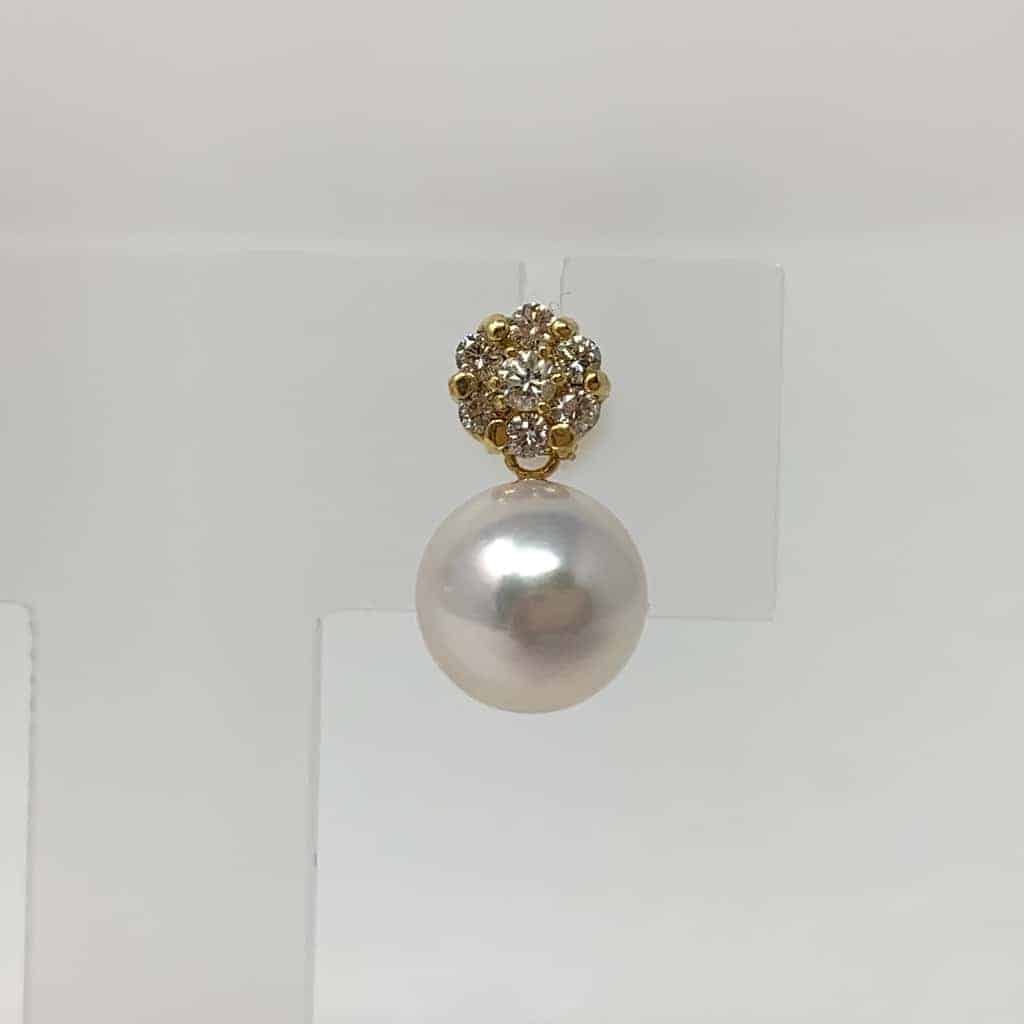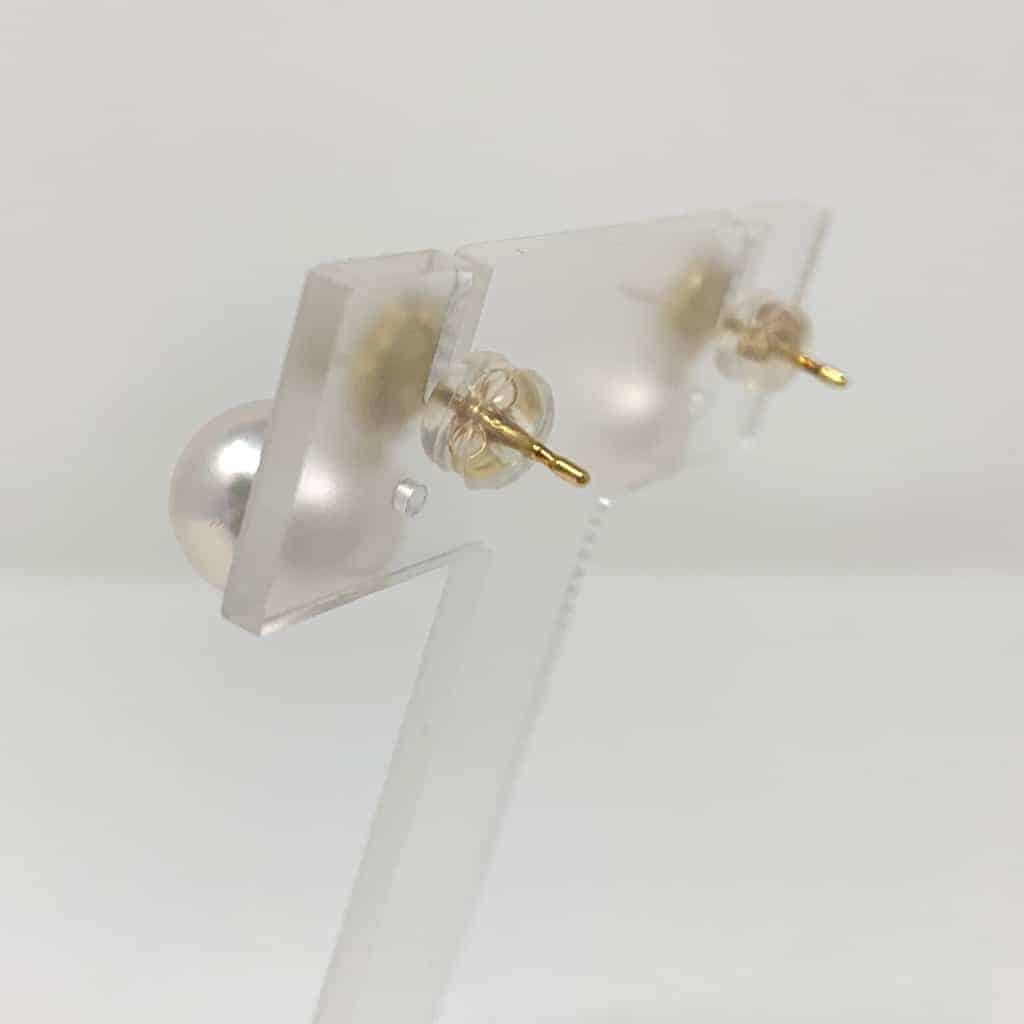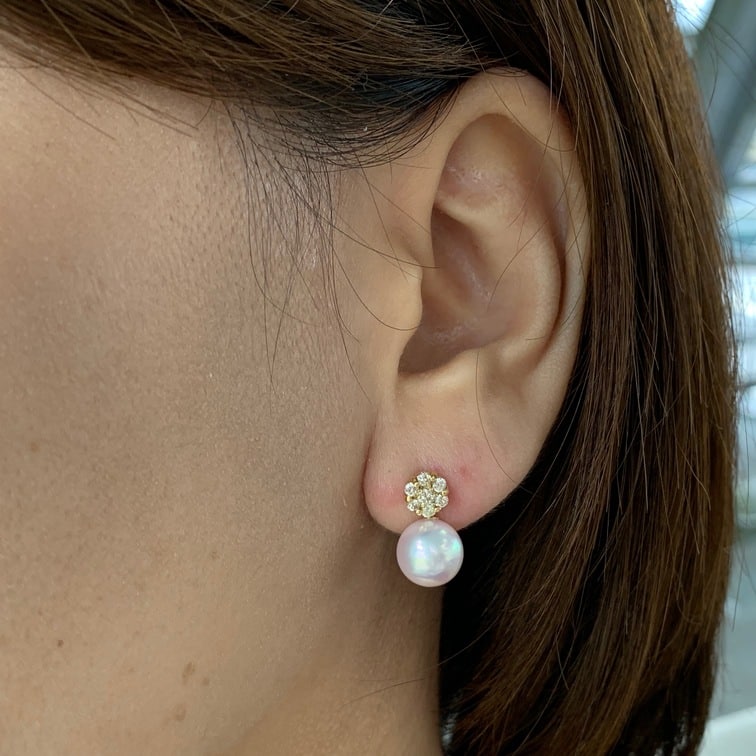
While both diamonds and pearls are great choices for everyday and formal occasions, both diamonds and pearls trend through cycles over time. Today, while diamonds are a popular choice as expressions of love for engagement or wedding rings, we see many of our younger customers choosing pearl designs for wedding rituals. We thought we would compare and contrast diamonds and pearls.
Diamonds Are One of Earth’s Natural Resources
Pure diamonds are typically colorless and transparent. Sometimes, and not all that often, yellow, red, green, and blue diamonds are discovered. Due to their high refractive index, diamonds with brilliant cuts appear to shine beautifully when exposed to light.
Diamonds are also world-renowned for their hardness. Among the hardest known gems in the world, diamonds are used not only for jewelry but also for industrial purposes such as electronics and diamond cutting blades.
Diamonds begin to take form in the earth’s mantle, about 160km beneath the earth’s surface. Diamonds are produced when the conditions of geothermal heat and pressure are just right for crystallizing carbon. Lifted to the surface of the earth by volcanic eruptions and then “cast” with a sudden cooling temperature change. This process gives diamonds their unique crystal structure which affords diamonds their unique transparency and durability.
The diamond industry we see today is actually only about 500 years old. Diamond extraction has been mired in socio-economic and environmental challenges throughout its history. And now only in the recent past, the traditional diamond industry is facing additional challenges.
Synthetic diamonds are now more widely available and are easier to create at far less expensive prices than mined diamonds. Both natural and artificial diamonds are real diamonds. Both are made of at least 99.95% carbon. As better techniques are developed, it is becoming increasingly difficult to tell the difference.
Pearls Are Born From Mother Oysters
Pearls, in contrast, are the only living gems that are born of oysters or clams. Pearls are composed of one of the biominerals produced in the body of oysters – nacre. When a shell fragment enters the mother oyster’s shell, the mother oyster begins wrapping the fragment in so many fine layers of nacre to form a pearl.
The history of pearls in human culture dates back at least 3500 years. For many of those centuries and in several cultures, pearls were the exclusive domain of royalty.
Originally, pearls were made naturally by oysters. Nowadays, cultured pearls are created by a technique first developed in Ise Shima Japan in the late 19th century. Ise Shima’s cultured pearl technology was later shared with the world, and is how all cultured pearls we see today are created.
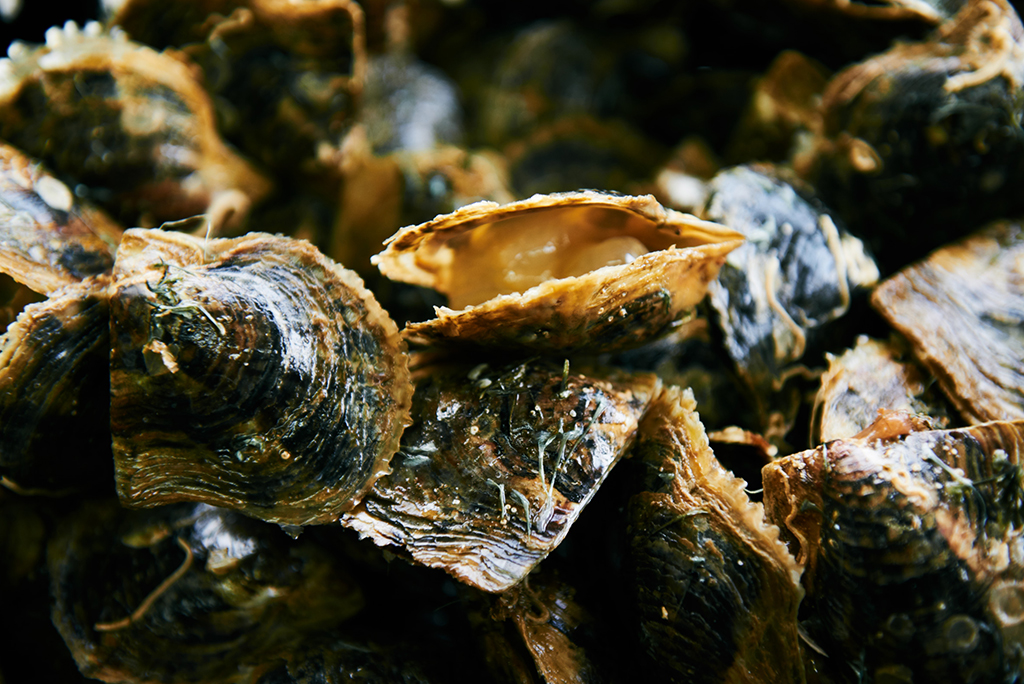
Akoya Pearl Cultivation, An Ancient Form of Aquaculture, Is 100% Self-Sustaining
Ise Shima’s clean and calm ocean waters with enough forested terrain along the inlets and islands to supply plankton to oysters is necessary for pearl farming. Pearl cultivation is a complex process that requires a thriving marine ecosystem, generations of local knowledge and skills along with several years of patience. With global warming and pollution, Pearl FALCO is dedicated more than ever to protect sustainable aquaculture in the region.
It takes several years to produce one Akoya pearl. While only 28% of cultivated pearls will be made into jewelry, the rest of the pearls will be crushed into powder and used for cosmetics and medicine. The oysters are recycled into fertilizer or fish food. The oyster shells will be used to make buttons. Pearl farming and cultivation is a 100% sustainable form of aquaculture.
Diamonds and Pearls, both have great beauty and are treasured by people the world over as timeless gifts of love and devotion. It is our belief that while both diamonds and pearls have a unique place in human culture, pearls have a versatility, sustainable abundance, natural intrinsic beauty and affordability that allows for so many different design possibilities.
Below are a few samples of some classic & timeless designs. If you are interested in new pearl jewelry, customised designs for yourself or your beloved, or you would like to discuss “a pearl jewelry makeover” of your existing pieces, please feel free to reach out to us via our Pearl FALCO Contact Page or email us at iseshima@pearlfalco.com. As always, we look forward to hearing from you!

